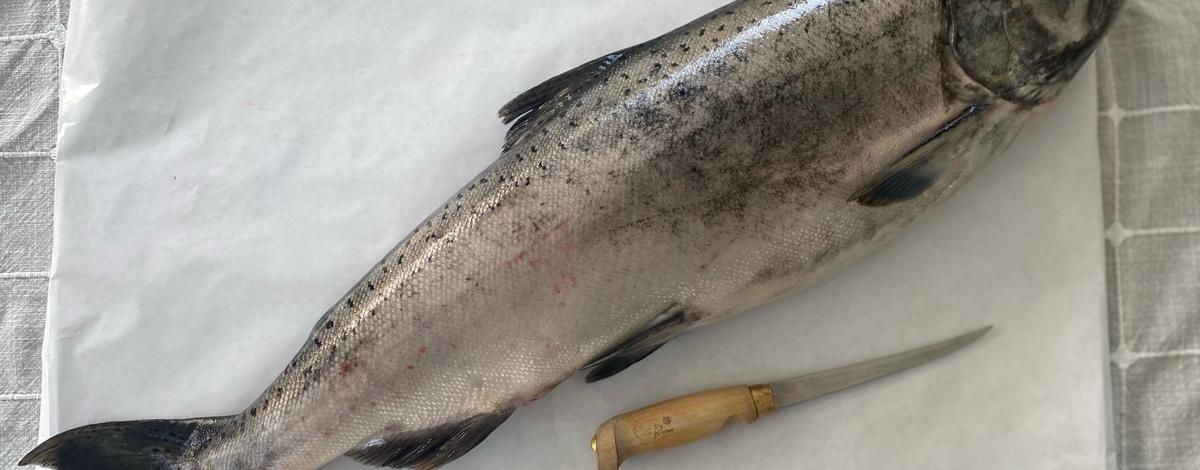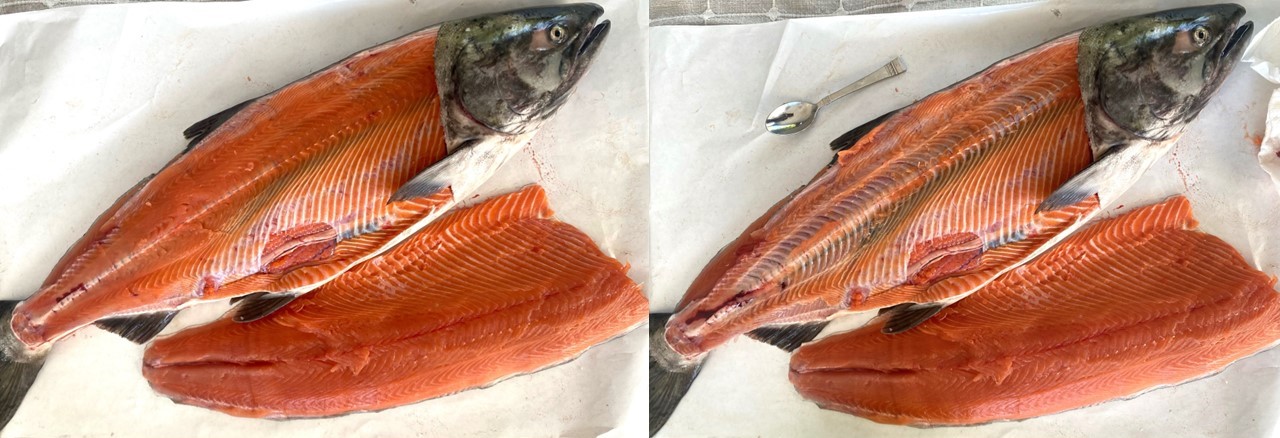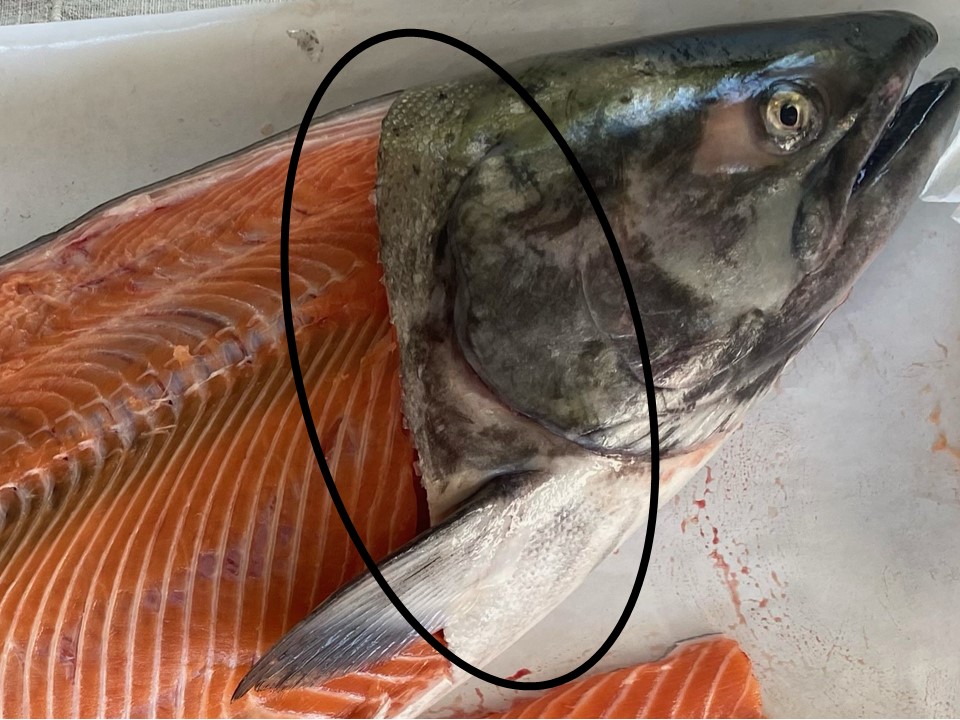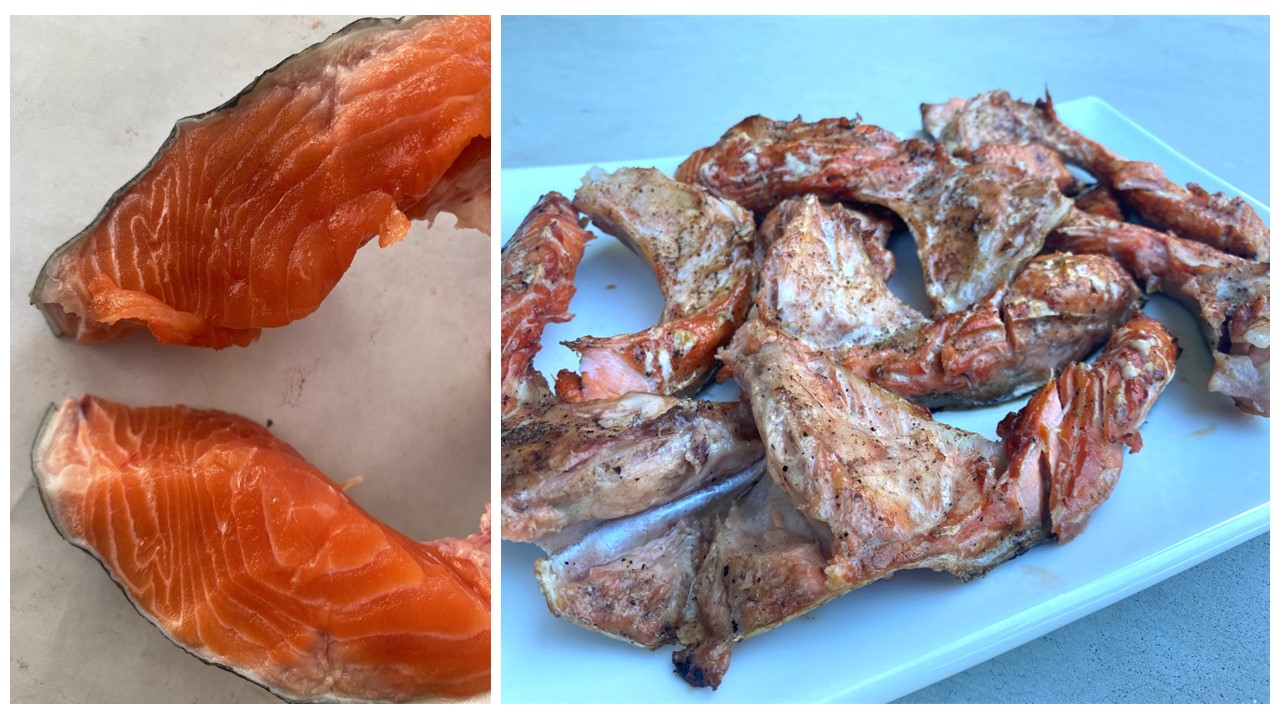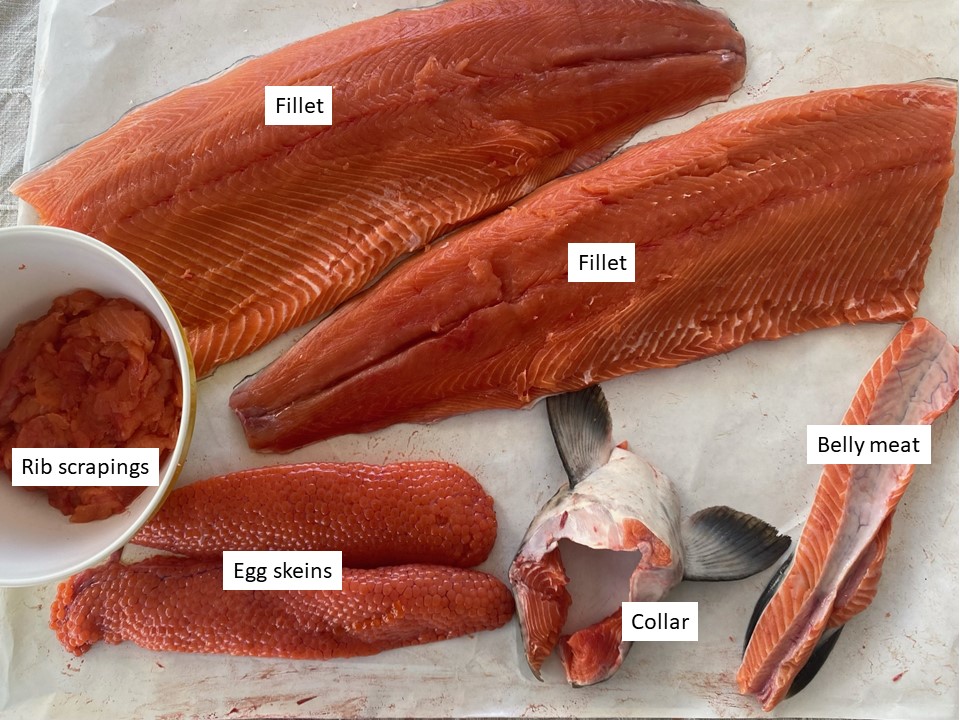Fall salmon and steelhead fishing is in full swing, and many happy anglers are celebrating the fall season with delicious fish in their coolers and on their tables. Filleting and processing large salmon and steelhead can be intimidating to some people, so this article was written to help those individuals and maybe provide some new tricks to the seasoned anglers to ensure you get the most out of your catch.
Caring for your catch starts on the river, and it is good practice to bleed salmon and steelhead immediately after catching them and then quickly get them in a cooler and covered with ice. This will ensure your catch stays fresh until you get home.
When you are ready to process your catch, start with a clean working area and wipe the exterior of your fish of any blood and slime. Use a sharp fillet knife to remove the fillets from your fish, working carefully to remove as much meat as possible. Many people struggle to get a good fillet off the second side of their fish once the first side is removed. One trick to get better fillets from both sides is to make all the major cuts on each side (down the back, through the tail, and over/through the ribs) before removing either fillet from the fish. Try this next time you fillet a salmon, steelhead, or trout and see if it helps get more consistent fillets.

